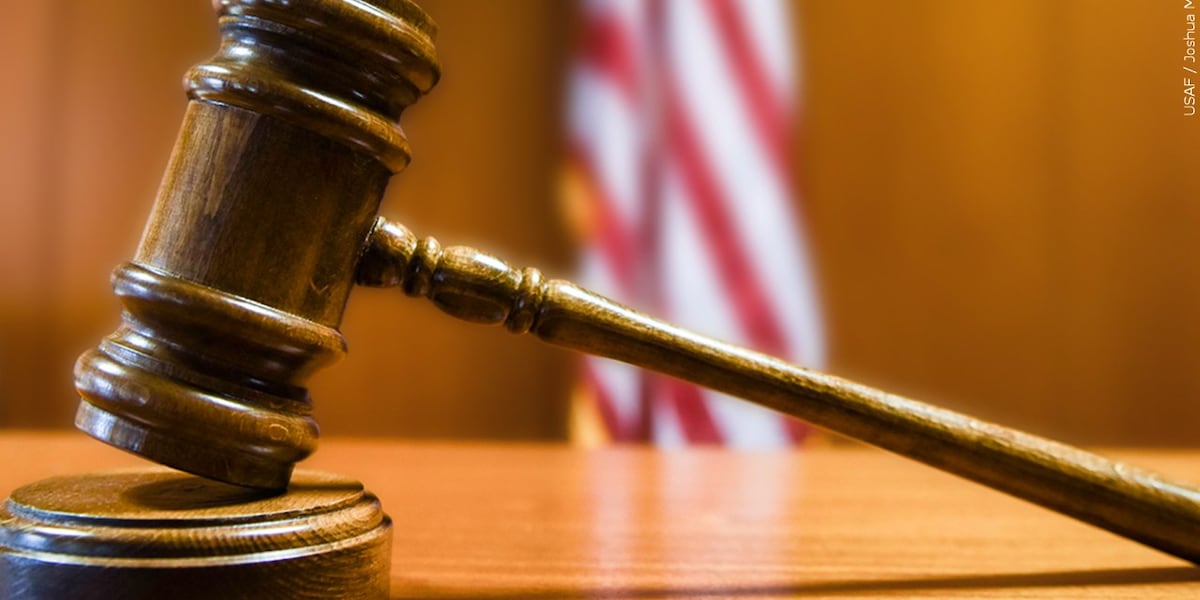
LAS VEGAS, Nev. (FOX5) – When it first opened on April 4, 1957, the Tropicana was the most expensive hotel-casino ever built on the Las Vegas Strip.
It was dubbed the “Tiffany of the Desert” in a nod to the status jewelry store. That elevated level of style set a new bar for what guests could and should expect, on a visit to Vegas.
“The Tropicana, when it opened in 1957 was considered luxurious, you know, more luxurious than the other resorts, and really set the stage for the development of Las Vegas in a luxury way,” UNLV Gaming Historian David G. Schwartz tells FOX5.
“When a lot of casinos opened in the 40s and 50s, gambling was enough of a novelty to get people in there, by the time the Tropicana came along in 1957, there were already a lot of casinos, and gambling wasn’t something that would distinguish a casino, so they had to do something else, and for the Tropicana that was go luxurious.”
The hotel then – just 300 rooms, and tiny compared to today’s mega-resorts. But everything made just a little more special.
“In the 50s luxury is a little bit different that what it is today, a little bit of a nicer room, a little bit of a smaller hotel, with a little more focus paid on the amenities,” says Schwartz.
The Tropicana gained attention for its upscale pool area and poolside amenities, among the first of its kind on the Strip. Schwartz tells us, the Tropicana gained notoriety for something more shady than sunbathing.
“Also, it was pretty famous for some of the mob ties along the way.”
Schwartz says the Tropicana started as a collaboration between Ben Jaffe, a partner in Fontainebleau Miami, and “Dandy” Phil Kastel, a local casino operator with known mob ties. Building and running a hotel-casino is costly. The project started with a budget of 4.5 million dollars – it finished at more than 15 million dollars.
“The Tropicana got its money places where a lot of the other casinos got their money, and a lot of those connections went back to organized crime.”
Jaffe wound up selling his interest in the Fontainebleau to help cover final construction costs. Kastel sought help elsewhere.
“Frank Costello, who was pretty famous, kind of notorious, as one of the big bosses in the mob was linked pretty convincingly to the Tropicana and they really did have to take some steps to overcome that connection,” shares Schwartz.
“The Trop” attracted both the infamous and the famous alike, including some of the top names in Hollywood. After finishing his last set at the Tropicana, singer Eddie Fisher famously married Elizabeth Taylor. Sammy Davis Junior too was a regular visitor and performer. Davis would go on to buy a share in the hotel-casino in 1972, making him the first Black man to own a stake in a Strip property.

But the hotel-casino’s golden age was not to last.
“The Tropicana had a really interesting evolution in the 70s through the 2000′s.”
The 70s brought competition from bigger, bolder properties like Caesars Palace and the Las Vegas Hilton, and led to a new hotel tower. The decade also brought new allegations of mob ties, and eventually a buyout by Ramada.
“They added a second tower in the 80s, they came up with this wildlife theme with the Island of Las Vegas theme, but they never had the money to do a huge expansion like, for example, the Rivera has done.”
The 90′s attracted more mega-resorts to the Strip, but fewer and fewer visitors to the Tropicana.
“Then in the 2000′s, there was talk about adding ten thousand hotel rooms, about doing all kinds of stuff, but it never really happened,” says Schwartz.
In 2006, came a demolition announcement that never came to fruition. The Tropicana changed hands a few more times before Bally’s agreed to buy it in 2021. In 2022 Bally’s began negotiations with the Oakland Athletics to develop the property as a stadium site. In May of ‘23, they reached a deal and the historic casino’s fate was sealed.
Schwartz thinks it’s too bad.
“I think when you lose a casino like the Tropicana, you lose a little of the quirkiness, of the individuality of the old Vegas casinos. While there’s a lot more rooms, there’s not quite as much differentiating them.”
Even after the legendary hotel casino is gone, its legacy will live on for all who drive Tropicana Avenue. It was called Bond Road until the hotel-casino requested a name change in 1961.
Copyright 2024 KVVU. All rights reserved.




